Landscape architecture for the Hai River Revitalization in Tianjin, China, 振兴天津海河
Updated: 2010-11-28 06:44:12
The landscape architecture of the Hai River Revitalization Design (completed September 2010) is new and inspiring. I had a long walk along the river from Hexi District to Hedong District to Tianjin Central Railway Station. The early winter weather in Tianjin was sunny and cool, I indulged in the wonderful view of the river embankment, and [...]

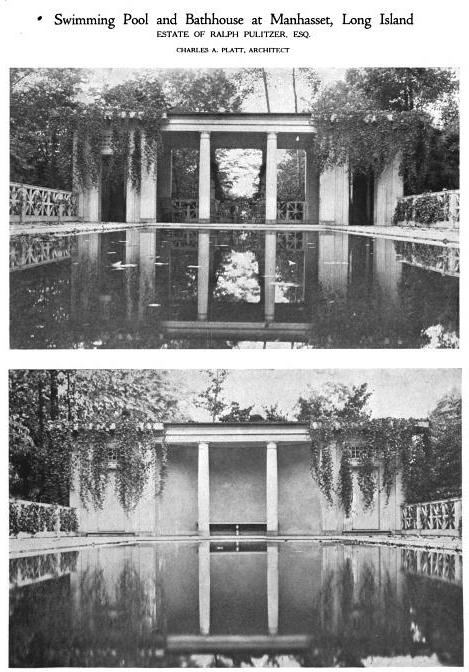 The swimming pool and bathhouse at Manhassat Long Island by architect and landscape architect Charles Platt demonstrates the transformation in design thinking from European ideas that slowly began to characterise the design approach in the United States. The Manor House garden is remarkable for illustrating the genesis of this transformation in thinking with the ‘before’ [...]
The swimming pool and bathhouse at Manhassat Long Island by architect and landscape architect Charles Platt demonstrates the transformation in design thinking from European ideas that slowly began to characterise the design approach in the United States. The Manor House garden is remarkable for illustrating the genesis of this transformation in thinking with the ‘before’ [...]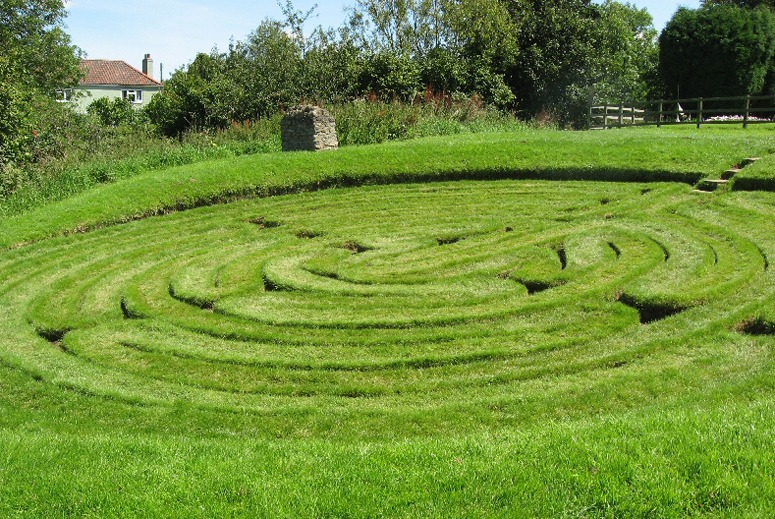 A labyrinth has a single path to its centre and was a Christian pilgrimage symbol during the middle ages.
A maze, with many blind alleys, puzzling events and difficult choices, became the setting for a garden game for six unmarried youths and six unmarried maidens. In pairs, a boy and a girl make their way in [...]
A labyrinth has a single path to its centre and was a Christian pilgrimage symbol during the middle ages.
A maze, with many blind alleys, puzzling events and difficult choices, became the setting for a garden game for six unmarried youths and six unmarried maidens. In pairs, a boy and a girl make their way in [...]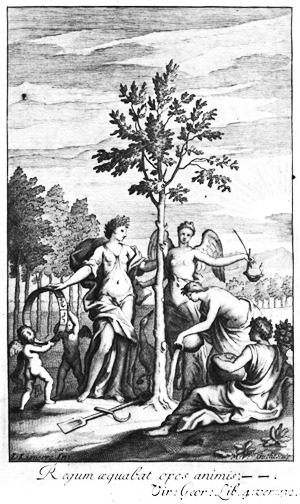 Here is the explanation of the frontispiece to The Retir’d gardener by George London and Henry Wise. Though England’s greatest Baroque garden designers, London and Wise dreamed of the simple life.
I. Agriculture, represented by a country-woman; her left hand upon a fruit-tree, her right upon a Zodiac, two genii supporting it.
II. Industry, represented by a [...]
Here is the explanation of the frontispiece to The Retir’d gardener by George London and Henry Wise. Though England’s greatest Baroque garden designers, London and Wise dreamed of the simple life.
I. Agriculture, represented by a country-woman; her left hand upon a fruit-tree, her right upon a Zodiac, two genii supporting it.
II. Industry, represented by a [...]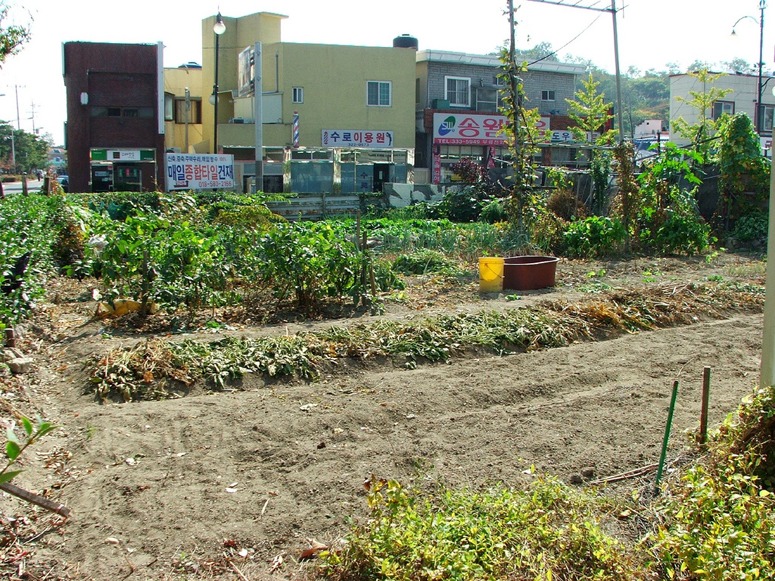 If the above open space was in England it would surely be managed as vacant gark-land, for two reasons (1) views of grassland are thought to have public health benefits, because it was once believed that dirty air (rather than dirty water) was the cause of infectious disease (2) because it is believed that [...]
If the above open space was in England it would surely be managed as vacant gark-land, for two reasons (1) views of grassland are thought to have public health benefits, because it was once believed that dirty air (rather than dirty water) was the cause of infectious disease (2) because it is believed that [...]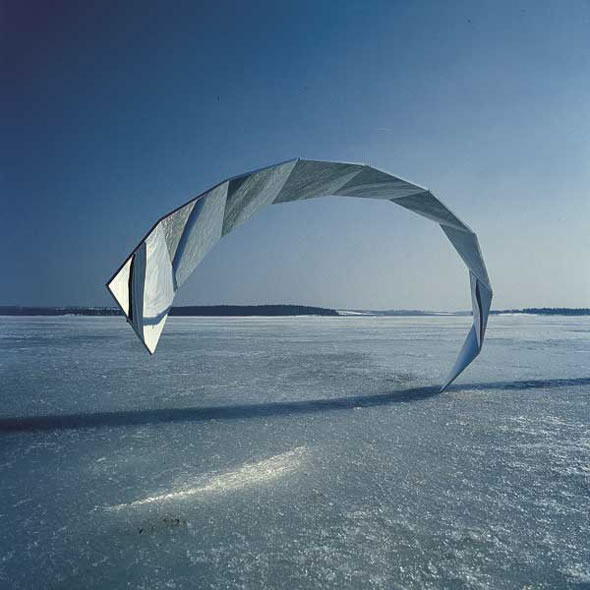 Many things.
The mirror art left is by Russian artist Francisco Infante-Arana who formed the Russian movement group in 1964. His simple gestures, while a subtle visual disruption to nature, reflects back to the viewer the essence of the invisible beauty which is accentuated in the visual perception of the artist when he contemplates nature.
Modern definitions [...]
Many things.
The mirror art left is by Russian artist Francisco Infante-Arana who formed the Russian movement group in 1964. His simple gestures, while a subtle visual disruption to nature, reflects back to the viewer the essence of the invisible beauty which is accentuated in the visual perception of the artist when he contemplates nature.
Modern definitions [...]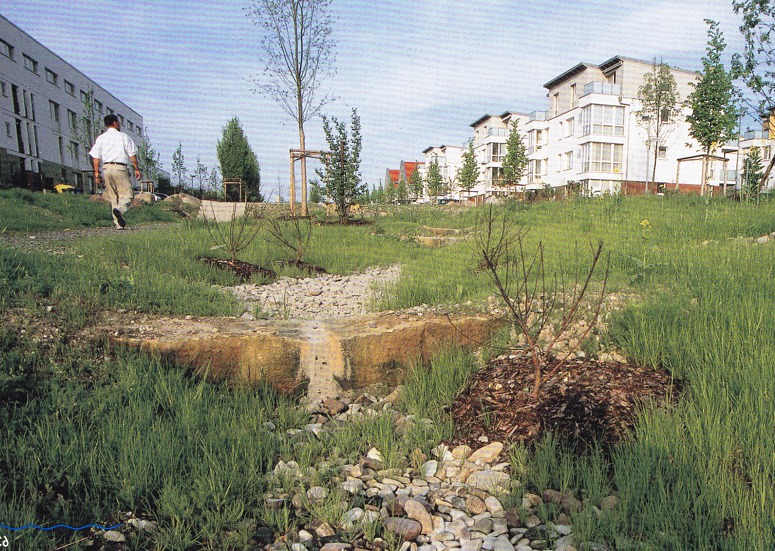 Lewis Mumford, in his introduction to Ian McHarg’s Design with Nature, wrote that ‘It is in this mixture of scientific insight and constructive environmental design, that this book makes its unique contribution’. It was a perceptive remark and I would like to pay a similar comment to the books which Herbert Dreiseitl has published with [...]
Lewis Mumford, in his introduction to Ian McHarg’s Design with Nature, wrote that ‘It is in this mixture of scientific insight and constructive environmental design, that this book makes its unique contribution’. It was a perceptive remark and I would like to pay a similar comment to the books which Herbert Dreiseitl has published with [...]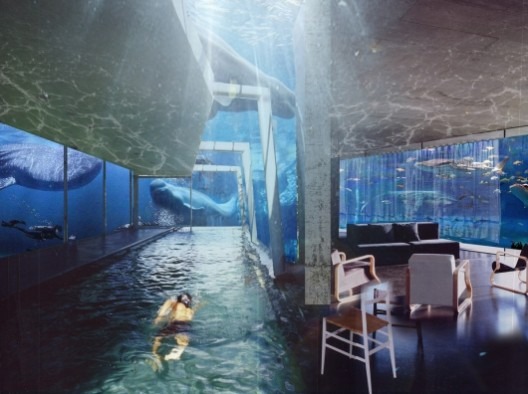 The Berring Straits Project asked designers to imagine an element to connect the Russia and the United States. A peace bridge perhaps? Off Architecture were awarded second place for this imagining of a sometimes occupied space between two parallel 10 metre walls.
As architects contemplate the perils of global warming marine architecture is emerging as [...]
The Berring Straits Project asked designers to imagine an element to connect the Russia and the United States. A peace bridge perhaps? Off Architecture were awarded second place for this imagining of a sometimes occupied space between two parallel 10 metre walls.
As architects contemplate the perils of global warming marine architecture is emerging as [...]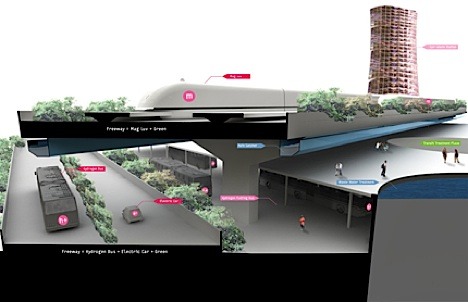 Design schools are starting to tackle questions of urban scale city design in their masters programs. The key to future transit systems is to make that form of travel the best it can possibly be. Ask, what would make people choose this form of transport over other alternatives if they had many equally accessible and [...]
Design schools are starting to tackle questions of urban scale city design in their masters programs. The key to future transit systems is to make that form of travel the best it can possibly be. Ask, what would make people choose this form of transport over other alternatives if they had many equally accessible and [...]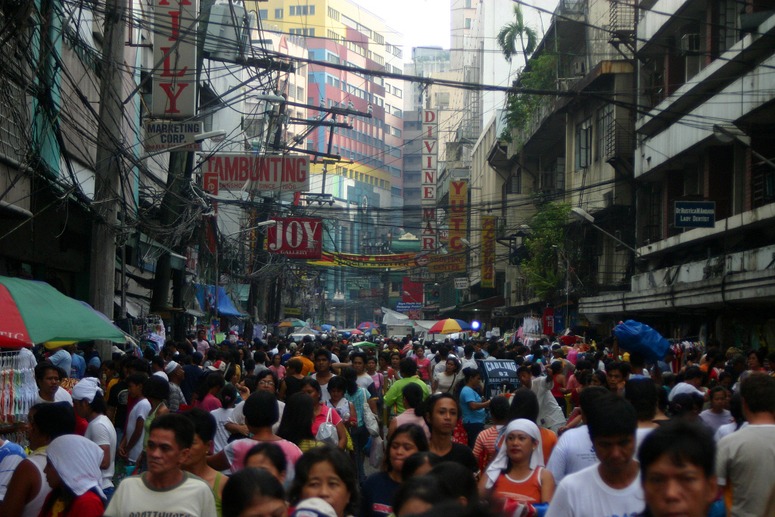 Jonathan Solomon tells a CNN inverviewer that ‘Dense cities use less energy per person than more dispersed suburban equivalents. When you consider a city in relation to its larger region, the ecological footprint per person in a city may be significantly smaller than rural inhabitation’. Similarly, public transport systems use less land than private cars. [...]
Jonathan Solomon tells a CNN inverviewer that ‘Dense cities use less energy per person than more dispersed suburban equivalents. When you consider a city in relation to its larger region, the ecological footprint per person in a city may be significantly smaller than rural inhabitation’. Similarly, public transport systems use less land than private cars. [...]